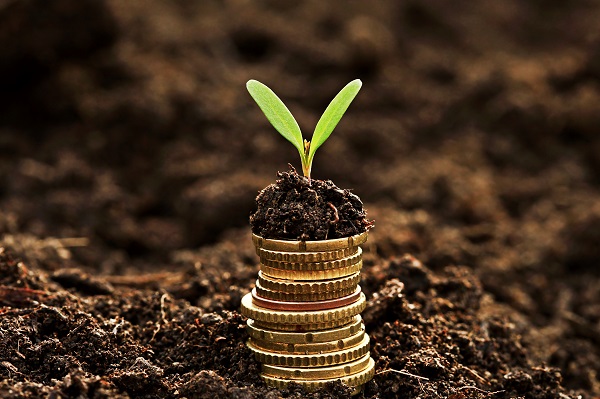Saving and investing contribute to your financial independence but have different objectives and fulfill different roles within your planning.
Knowing these differences will save you bad moments when you make decisions about what to do with your money.
While saving seeks to protect an amount of money in a given period of time, the investment aims to increase that amount, with associated risks.
What is saving?
It is the action of allocating a quantity of money for its preservation. It is an amount that you can set aside without seeing yourself in financial straits.
Ideally, you can invest in a savings product, such as a deposit or savings account, whose underlying asset is always cash.
The person deposits periodically an amount that generates interest for a period of time through a deposit interest rate.
The amount you save depends on the plan you have.
What is investing?
Investing consists of the purchase of physical or financial goods to obtain future benefits, through the profitability of a financial instrument or the sale with profits of a physical or material good (a property)
In other words, the investment is aimed at obtaining greater than the initial capital amount.
In general, beginning investors deposit their money in productive assets such as real estate or financial instruments such as mutual funds, publicly traded funds , stock, and debt bonds of government and companies.
Now that you are clear about the difference, take note of these good practices so that you apply the savings and investment correctly in the planning of your personal finances:
- Understanding the importance of saving in the first stage of your financial life allows you to understand the importance of the value of money. This knowledge helps you make better investment decisions.
- Avoid using debt money (credits) or capital that is used for other purposes (basic expenses, loan payments, emergency funds, etc.).
- Both to save and to invest you stop using a sum of money for a certain time. So plan your expenses without considering that money.
- Saves and invests in financial instruments offered by institutions certified and authorized government bodies
- Avoid informal savings or investment (bed mattress, pyramid investments or bets) because the risk here is greater due to factors external to the financial variables (theft, fraud, etc.)
- When saving, be sure to verify that the capital redemption times are short to receive your money fast (maximum term of 24 hours).
- If you invest part of the money saved, you will be sure to separate the amounts in different instruments and with varying levels of risk, so you always have a protected amount and one more exposed to the vagaries of the market.
- When you save your biggest concern is inflation (and its counterpart, deflation). This process of price variation modifies the value of money at a certain time.
- Plan the amounts you have to save or invest from your total income. An easy way to determine these amounts is by following the 50/20/30 rule.
Saving and investing are not the same. The big difference between both financial alternatives is in the risk that you assume.
A person who saves large sums of money is not necessarily a successful investor. Meanwhile, a diversified and balanced investment can include savings mechanisms as an alternative to safeguard part of your assets.
The importance of savings or investment for your pocket will depend on your needs and stage of the financial life in which you are.














